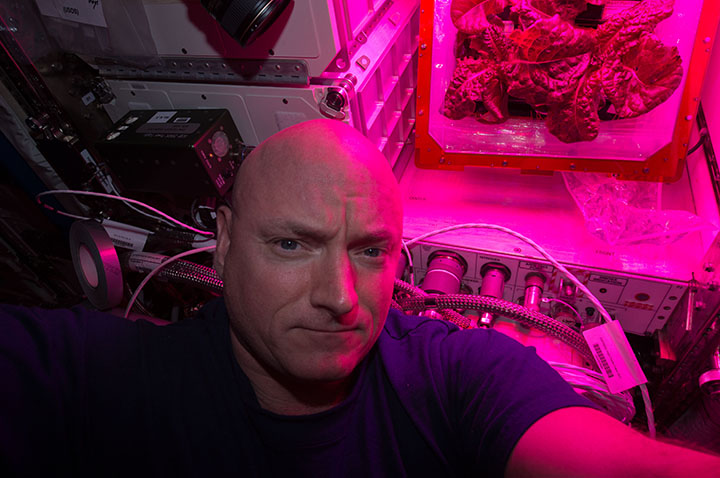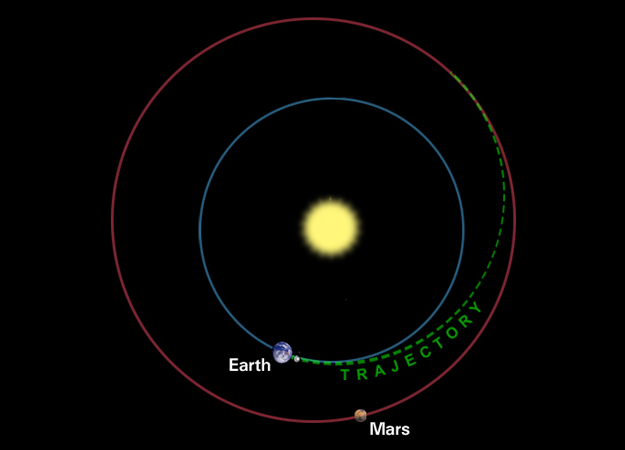During his yearlong mission aboard the International Space Station, Scott Kelly traveled over 143 million miles in orbit around Earth.
On average, Mars is 140 million miles away from our planet.
Coincidence? Well, basically.
There’s nothing average about a trip to Mars; so of course you don’t travel an “average distance” to get there. Launches for robotic missions – the satellites and rovers studying Mars today – are timed around when Earth and Mars are about a third of that distance, which happens every 26 months.
While the shortest distance between two points is a straight line, straight lines are hard to do in interplanetary travel. Instead, Mars missions use momentum from Earth to arc outward from one planet to the other. The Opportunity rover launched when Earth and Mars were the closest they’d been in 60,000 years, and the rover still had to travel 283 million miles to reach the Red Planet.
On the International Space Station, Scott Kelly was traveling at more than 17,000 miles per hour, an ideal speed for orbital research that keeps the station steadily circling Earth every 90 minutes. To break free of orbit and go farther to deep space, spacecraft have to travel at higher speeds. Opportunity, for example, traveled at an average of 60,000 miles per hour on the way to Mars, covering twice the distance Kelly traveled on the station in just over half the time.
The fastest any human being has ever traveled was the crew of Apollo 10, who hit a top speed of almost 25,000 miles per hour returning to Earth in 1969. For astronauts to reach Mars, we need to be able to propel them not only faster than the space station travels, but faster than we’ve ever gone before.



